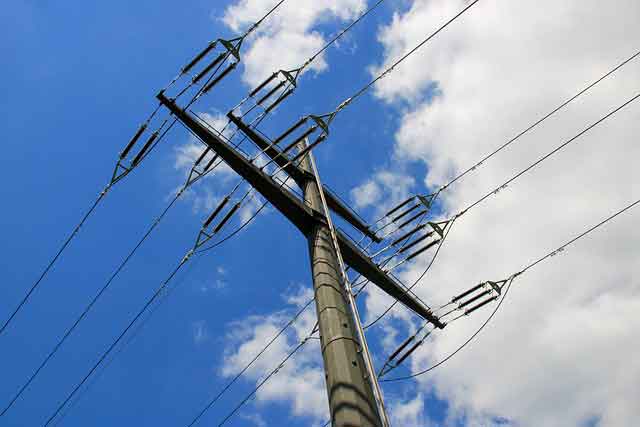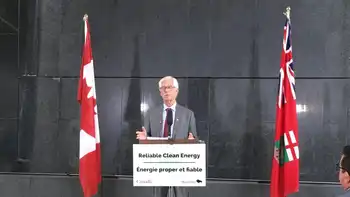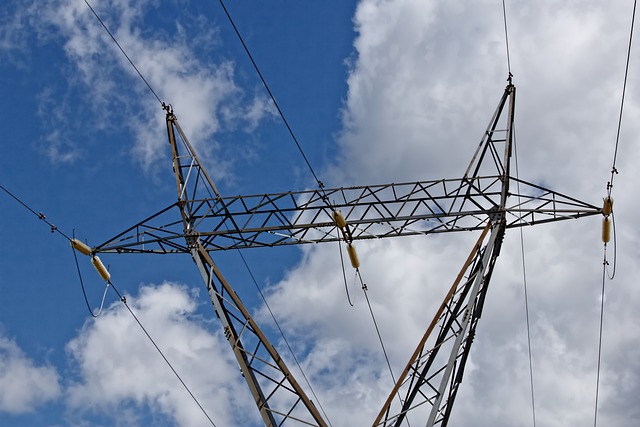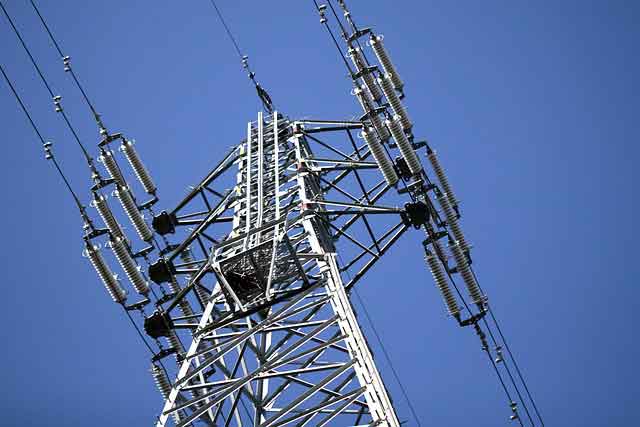Green study denied on Heartland lines
By Saint City News
Electrical Testing & Commissioning of Power Systems
Our customized live online or in‑person group training can be delivered to your staff at your location.

- Live Online
- 12 hours Instructor-led
- Group Training Available
Responsible Electricity Transmission for Albertans, a lobby group that has long opposed the Heartland project and even called for the 500-kilovolt lines to be buried underground, is calling on the provincial government to conduct an environmental impact assessment on the proposed project, citing concerns about things like the effects of electromagnetic fields and weather deterioration.
"The towers for the proposed Heartland line, being 73 metres tall, are almost twice as high as the tallest we have anywhere else in Alberta," said John Kristensen, vice-president technical of RETA, "and that alone, based on the number of birds that are going to go crashing into the lines and the towers... we think lots more birds are going to be killed than any other power line we've ever seen, perhaps in Canada."
But transmission line projects were exempted from environmental impact assessments in 2008, and the province said they're not about to change course for this one.
"The impacts are very well understood," said Alberta Environment spokesperson Jessica Potter. "Having a prolonged [assessment] for each and every one of them takes away resources from other areas."
The preferred route for the Heartland Transmission Project lines would start in south Edmonton and travel along the east side of the Transportation Utility Corridor — which also includes Anthony Henday Drive — near Sherwood Park and north to the Industrial Heartland area north of Fort Saskatchewan.
The alternate route set out would see the lines start southwest of Edmonton and cut through Sturgeon County, skirting just past Morinville, Bon Accord and Gibbons, to reach their final destination.
RETA has raised concerns about the negative impacts of overhead power lines on wildlife, livestock and vegetation, decreases in property values, correlations between electromagnetic fields and health problems and problems like electric shock, lightning, tornadoes and ice storms.
Kristensen said he is confident that most, if not all, of those concerns would be addressed if an environmental impact assessment were conducted.
"A proper environmental impact assessment would have to speak to each of those matters, and they would have to explain, 'Here's what we think the impact is and here's how we propose to mitigate it,'" he said.
Potter said the answers to many of those questions ought to be laid out already in the application from AltaLink and Epcor.
"Applicants are already required to provide quite detailed environmental information as part of the Alberta Utilities Commission [requirements] - they're the ones who are in charge of transmission lines," Potter said. "Each one of those projects, depending on how big they are, the AUC will lay out the expectation. For something like the Heartland project, they expect a lot of detail."
But Kristensen contended that the environmental information required by the AUC is far less rigorous than what the provincial government would ask for in a formal environmental impact assessment.
"It's like night and day," he said.
With public hearings scheduled to start April 11 in Edmonton, Kristensen said RETA's campaign is starting to gather momentum.
"Now there's a tangible date, a light at the end of the tunnel. Now that we're into 2011, all of a sudden that date is very near," he said. "People know the preferred route of the proponents and here's the alternate route, so all of these things are much more real now than they were a year or two ago. People are getting pretty antsy.... We want to continue educating the public, because there are a lot of folks who are not quite sure why people are concerned about overhead lines - and we find that hard to believe."
RETA has also been approved for intervener status during the hearings, giving them the opportunity to ask questions and cross-examine during the process.
The Alberta Utilities Commission also announced this week that it would hold a series of community hearing sessions in smaller towns that could be affected by one of the two routes.
One session is scheduled for the St. Jean Baptiste Hall 10020 100 St. in Morinville on April 21, at 7 p.m., and another for the Community Hall 4931 50 Ave. in Bon Accord on April 25, at 7 p.m.
The AUC is requesting anyone wishing to attend these sessions to register through its website at www.auc.ab.ca by February 28.











